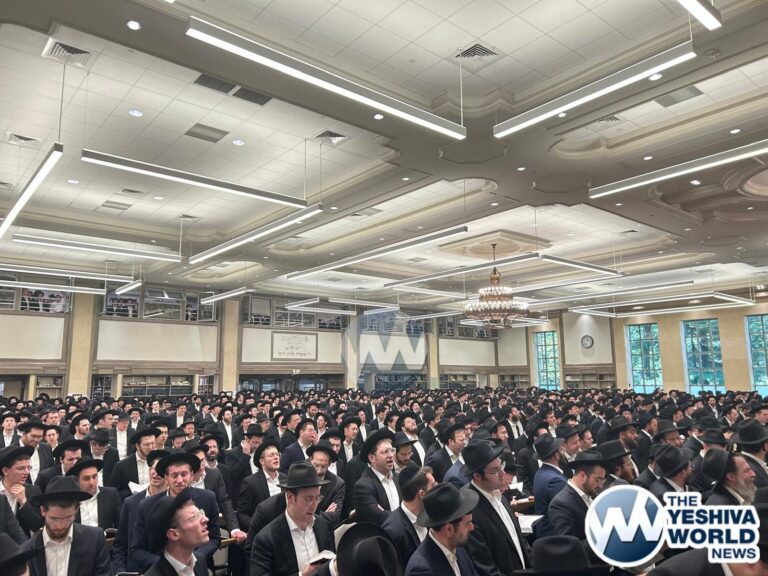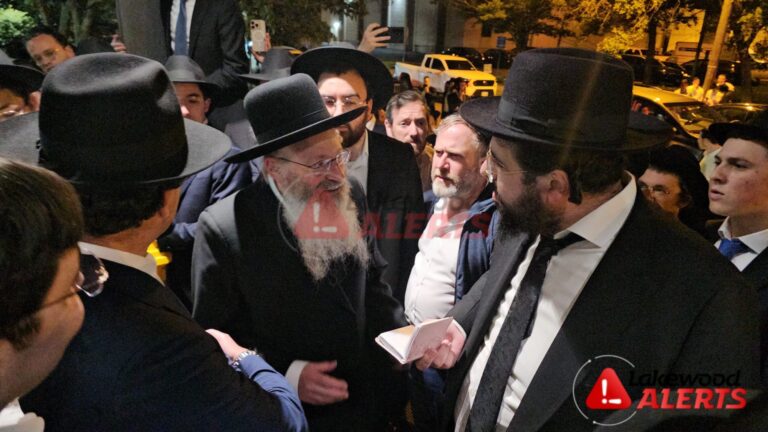This week’s Haftorah is in essence a continuation of the Haftorah we read for Parshas Terumah. It tells us of how Chiram built the Beis Hamikdash as per the directives of Shlomo Hamelech. Much like our Sedra this piece of Navi seems to be redundant. The sedros starting from Teruma all the way through Pekudei deal primarily with the banyan Hamishkan. While they come across as repetitive they are at least reiterations of Hashem’s instructions of how to build the Mishkan. Our Haftorah, however, is different – it merely tells us of how Chirom – a gentile, built the Beis Hamikdash. What is so important about telling us that a non-Jew built the Beis Hamikdosh?
The Haftorah we read for Parshas Terumah tells us that Hashem gave חכמה to Shlomo Hamelech; the implication being that it was through this חכמה that Shlomo Hamelech was able to build the Mikdash. There is an interesting Midrash that tells us that Shlomo Hamelech received the blueprints for the Mikdash from his father Dovid Hamelech. The Midrash says that these blueprints were given by Hashem to Moshe Rabeinu and handed down from Moshe to the leader of every generation. There are many construction workers who spend their life building and have limited intelligence. The real intelligence in building is drawing up good plans. If Shlomo Hamelech received ready made plans what great Chochma did he need to build it? Furthermore, not only did he not draw up the plans, but he didn’t even build it. Chiram built it. So where was it evident in Binyan Beis Hamikdash that Shlomo was a Chochom?
Chazal tell us that החכמה יותר מן הנבואה that wisdom is even greater than prophecy. How is it possible, however, for man’s finite wisdom to be greater than prophecy? The answer is actually simple: a prophecy is limited to what the Navi saw and how he interpreted it. Wisdom, however, gives its possessor an encompassing outlook and perspective. An outlook is not limited.
Shlomo Hamelech received the task of building the Mikdash. Building the Mikdash was definitely a big undertaking. Nonetheless, it was an opportunity to build Hashem’s House. As such who wouldn’t want to build Hashem’s house himself? Shlomo made a smart choice. He chose not to build the Mikdash himself because he knew that he wasn’t capable to do so. He took a Chirom – a gentile – to build it because he would do the job best. Shlomo Hamelech was truly wise and he understood that in Avodas Hashem one must make sure that the job is done in the best way possible. He understood that if he really cares for Hashem’s Bayis to be as great as possible, it must be done by someone who is capable to do so.
There are two fundamental lessons to be learned from our Haftorah. The first is that in Avodas Hashem we must make sure the best possible job is done. The second is that when Retzon Hashem is fulfilled even a gentile’s handiwork can be Kodesh.










